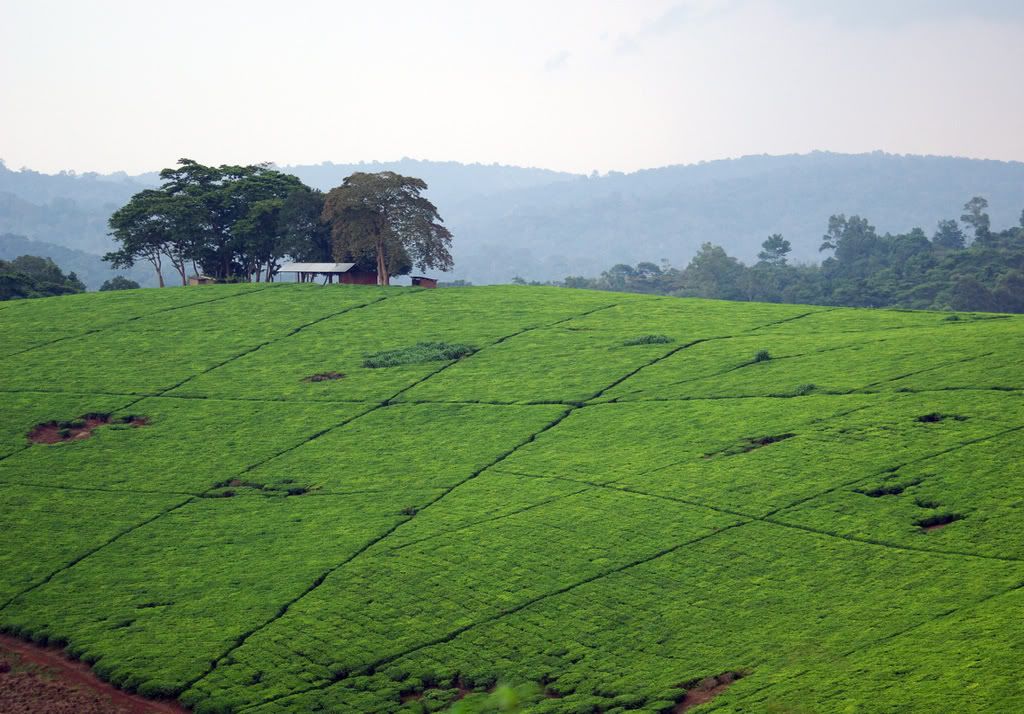Blood continues to flow six months after the signing of a peace agreement that was intended to stop the horrendous violence in the eastern provinces of the Democratic Republic of Congo (DRC), according to a newly-formed coalition of 64 aid agencies and human rights groups. The new Congo Advocacy Coalition was created to focus attention on the protection of civilians as part of the peace process in eastern Congo.
Ongoing fighting and violence against civilians has forced at least 150,000 people to flee from their homes since the Goma peace agreement was signed on January 23, 2008, according to the coalition's first report. Those newly displaced add to the 1 million refugees from earlier waves of violence in North and South Kivu. UN officials reported at least 200 ceasefire violations between January and July.
The most affected territories are Rutshuru and Masisi in North Kivu, where many displaced people found shelter with host families, receiving only minimal food and assistance, while others fled to displacement camps. The coalition reports that acute malnutrition rates have reached an alarming 17 percent in some areas, well above emergency levels.
Women and girls have been harshly victimized by the continued violence. More than 2,200 cases of rape were recorded in the month of June 2008 in North Kivu province alone, according to the coalition, and this number probably represents only a small portion of the total. At least 200 civilians have been killed in the violence.
Humanitarian agencies trying to expand programs since the signing of the peace agreement have been plagued by increased attacks by armed groups and unidentified bandits. At least 36 attacks were recorded since January 2008, the majority of them ambushes at gunpoint as humanitarian staff attempted to reach vulnerable populations. In the past few weeks, attacks against humanitarian staff on the main road to Masisi town have severely hampered assistance to over 186,000 people.
UN peacekeepers have deployed some 10,000 troops between fighting parties in North and South Kivu, but they are greatly outnumbered and thinly spread.
The Goma agreement was signed by 22 armed groups and the Congolese government. It followed a November, 2007, agreement between the governments of Congo and Rwanda known as the Nairobi Communiqué, which sought to address the issue of the Democratic Forces for the Liberation of Rwanda (FDLR), a Rwandan armed group based in eastern Congo.
The agreements were supposed to form the basis for the Congolese government's peace program in the eastern provicnes, but have largely been ignored by the alphabet soup of militias, army factions, guerilla bands, and outright criminal enterprises terrorizing the region. It's a humanitarian nightmare that may never end.
Dave Donelson, author of Heart of Diamonds
Tags: romantic thriller, Congo, blood diamonds







